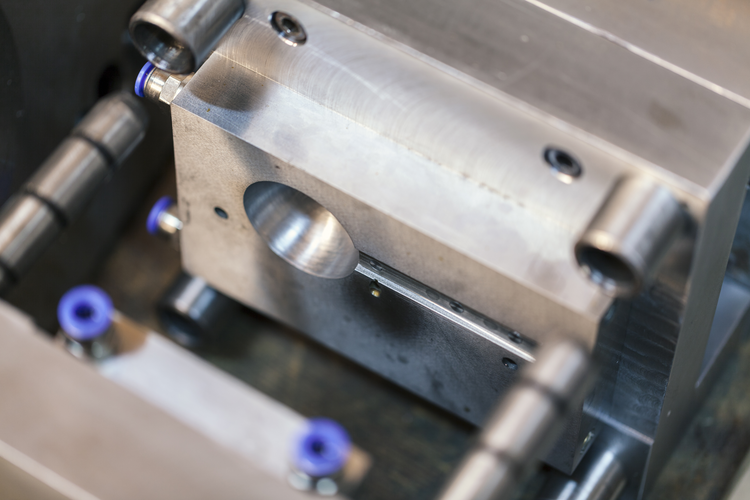A staple of the industrial sector since its inception in the early 1870s, injection molding is used for producing a wide array of products ranging from bottle caps to automotive parts. With the ability to produce large quantities of a given product at low prices, it’s no wonder that the process has been around for so long. So how, exactly, does injection molding work?
There are three basic steps that every injection molding process must go through. The first is the creation of a mold. Today, these molds are often drawn up as 3D computer-generated models that are designed to be split into two even halves, a cavity, and a core. Once the mold has been produced, a series of raw materials are then melted down until they are completely malleable. Once the plastic has reached this molten state, it is injected into the mold until it is completely filled. The plastic is left in the mold until it cools and hardens, at which point the process is complete, and the end product is ready for the purpose for which it was created.
Read more: The Injection Molding Process

